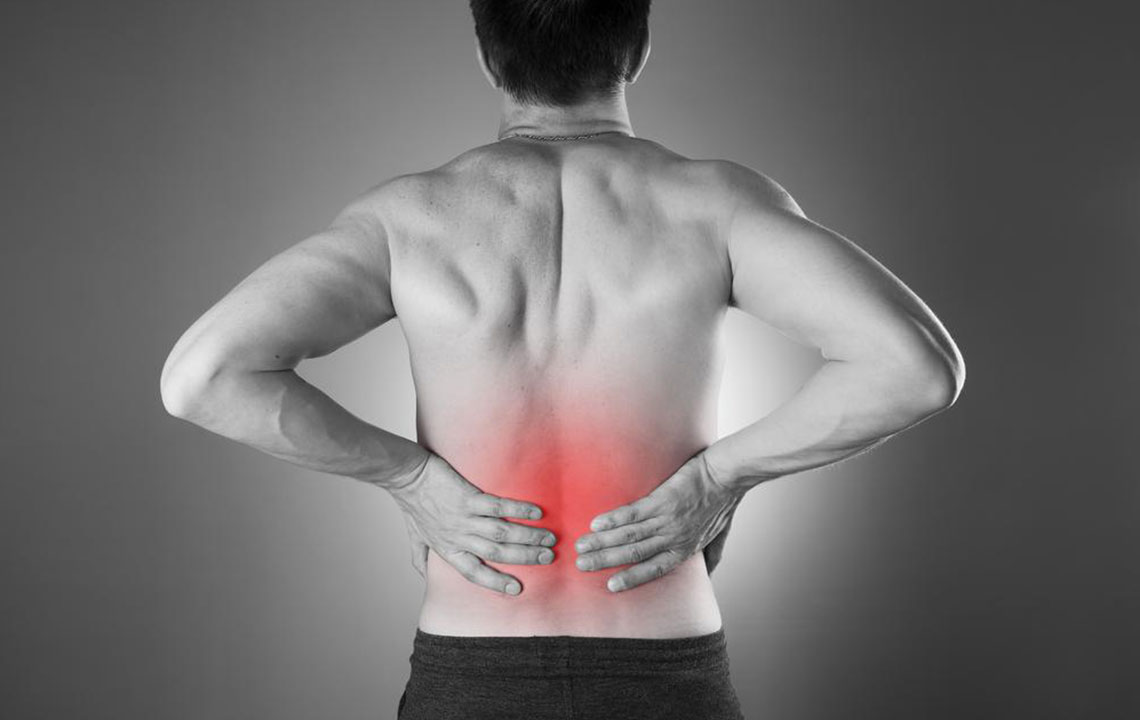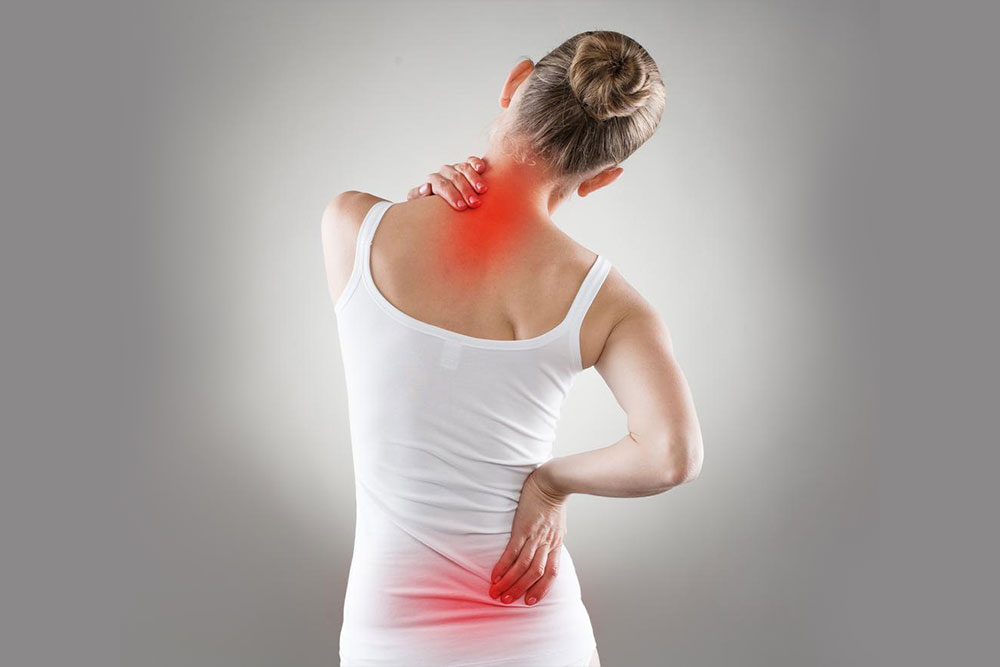Managing Osteoporosis Through Nutrition and Physical Activity
This article explores the importance of nutrition and exercise in managing osteoporosis. Emphasizing calcium and vitamin D intake through diet and sunlight, it highlights weight-bearing and resistance exercises that strengthen bones. Regular physical activity helps prevent fractures by improving bone density and balance. Always seek professional medical advice for osteoporosis management.

Managing Osteoporosis Through Nutrition and Physical Activity
In addition to medication, proper diet and regular exercise are key components in managing osteoporosis, a condition characterized by gradual loss of bone density leading to a higher risk of fractures.
Healthy nutrition focuses on consuming foods rich in calcium and vitamin D, both crucial for maintaining strong bones. Calcium-rich foods like yogurt, cheese, broccoli, spinach, sardines, salmon, almonds, and fortified orange juice help fortify bones. Vitamin D aids in calcium absorption and can be obtained through sunlight exposure and dietary sources such as egg yolks, liver, and saltwater fish. Older adults and those with limited outdoor activity may need supplements to maintain optimal vitamin D levels.
Exercise plays a vital role in strengthening bones. Weight-bearing activities such as walking, running, hiking, dancing, stair climbing, and tennis stimulate bone growth and improve density. Resistance training, including weightlifting and resistance bands, helps build bone strength through muscle engagement. Regular physical activity not only enhances bone health but also improves balance, reducing fall risk and preventing fractures.










